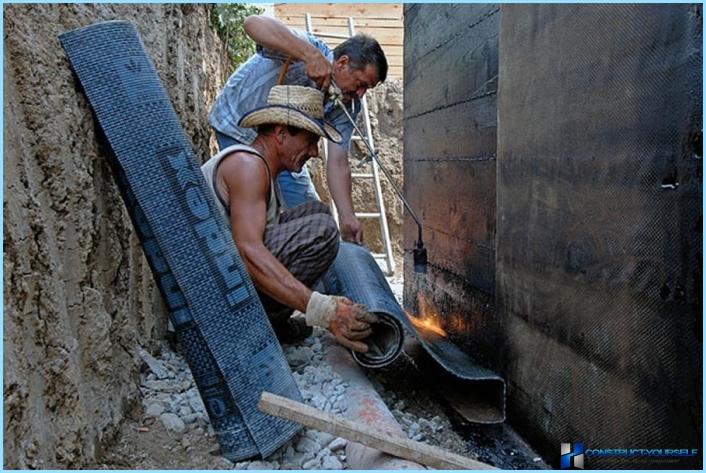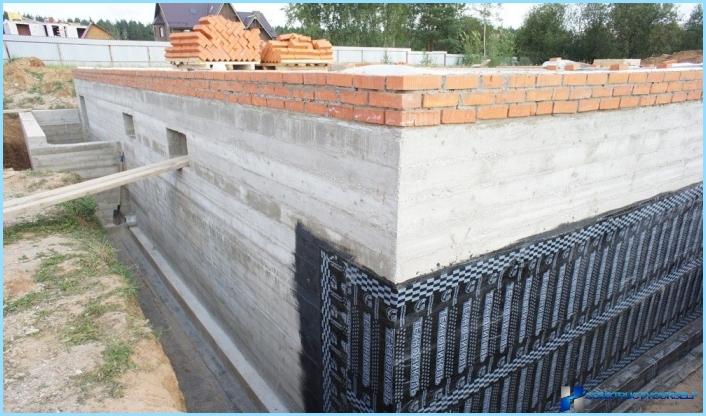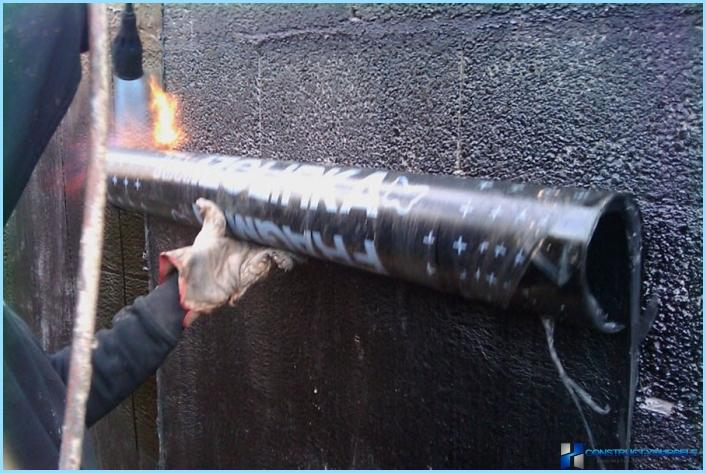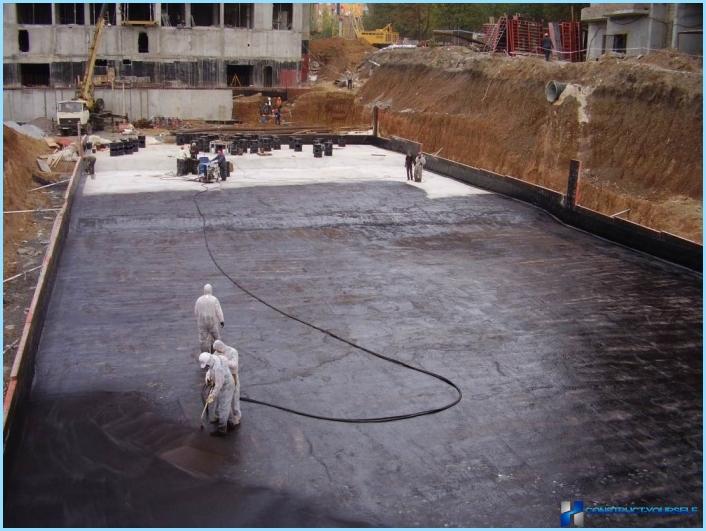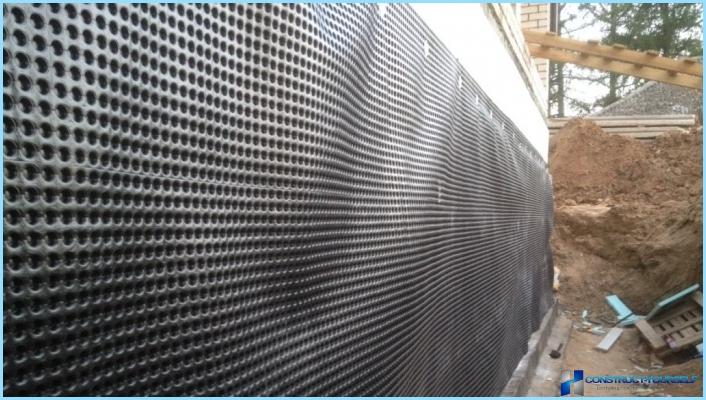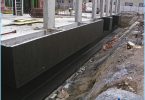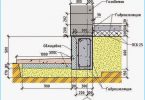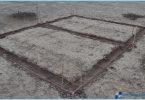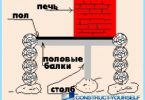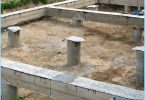The contents
- Waterproofing impregnation deep penetration
- Waterproofing plaster for the Foundation
- Bitumen coating
- Roller base isolation
- Rubber insulation
All who in one way or another, faced with the construction, know what the Foundation is and how it depends on the quality of construction. With the Foundation starts all the destruction and that on the Foundation day to day down all the hardships and natural disasters.
The first and the main enemy of buildings and especially of foundations is water, it causes destruction and salt tabs, which also accelerate the process of destruction. Therefore, it is important to produce quality and reliable waterproofing and to pick up materials for her.
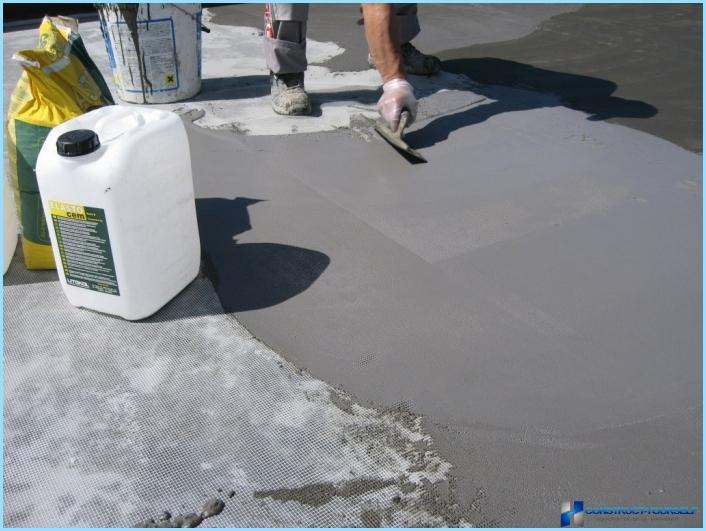
As materials for waterproofing a lot before you make a choice, you should carefully examine all the characteristics of the soil on which stands the Foundation. First of all, you should consider the following factors:
- The approximate depth at which groundwater flow.
- The amount of swelling of soil during the period of amerzone soil in the spring.
- The type and characteristic of soil and its uniformity, that is, find out which components make up soil.
- The type of building and how to operate the building.
The types of waterproofing materials for the Foundation ↑
To take into account the factors listed above, it should be as follows: the closer to the surface lie groundwater, the more need protection and waterproofing the Foundation. The same applies to the mobility of the soil in the spring. If the earth has large fluctuations, this demonstrates the saturation of the earth with moisture, and thus, requires multilayer waterproofing with advanced laying of a geotextile in the trench before pouring the Foundation.
The composition of the soil is also very important, as, for example, sandy soil, practically does not absorb water quickly and releases it into the depths. In contrast, for example of alumina, which not only absorbs large amounts of water, but not allow it to dry for a long time.
Next, we list the main types of materials for waterproofing of the Foundation in ascending order.
Waterproofing impregnation of deep penetration ↑
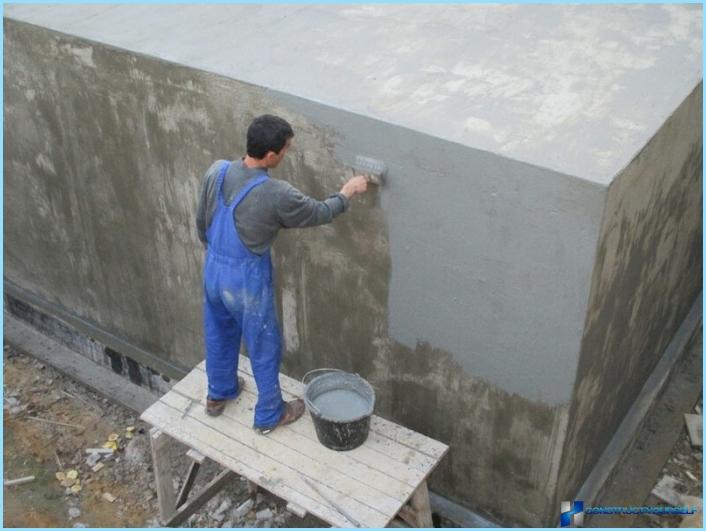
This material for waterproofing visually resembles a conventional primer for interior work, but in contrast has a more resistant structure and a thick consistency.
Impregnation protects the Foundation from the appearance of efflorescence and fills all micro cracks in the concrete, not allowing the water to accumulate and freeze in the winter. By the way, the impregnation is rarely used as the primary and sole material for sealing, as in the Russian climate is rarely seen in areas with low annual precipitation, and it is in this environment, you can use this material.
Waterproofing plaster Foundation ↑
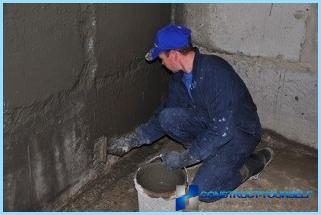
This method of Foundation is considered to be more effective compared to treatment, but too rarely acts as a primary insulator. Most often, a plaster used as a surface decorative layer, when it already produced the waterproofing and the mortar of the plaster enhances its.
The feature of this plaster that they are composed of special additives and plasticizers, which significantly improve all of the technical parameters of the material and affect its service life in harsh conditions. Of course, such a mixture cannot fail to affect the price, but considering that a simple cement mortar will have to redo a couple of years, the cost does not seem so overpriced.
Bituminous coating ↑
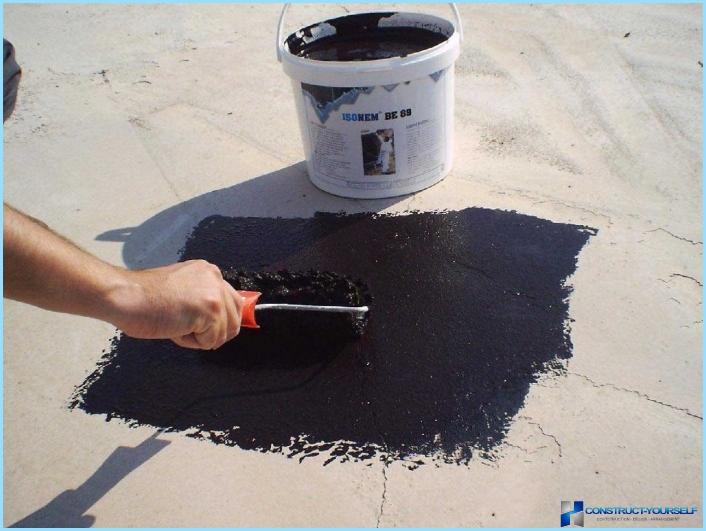
Waterproofing bitumen used in construction and repair of more than a dozen years, and over the years its composition has not undergone significant changes. This material retains moisture very well, and while he isn’t even in constant contact with water.
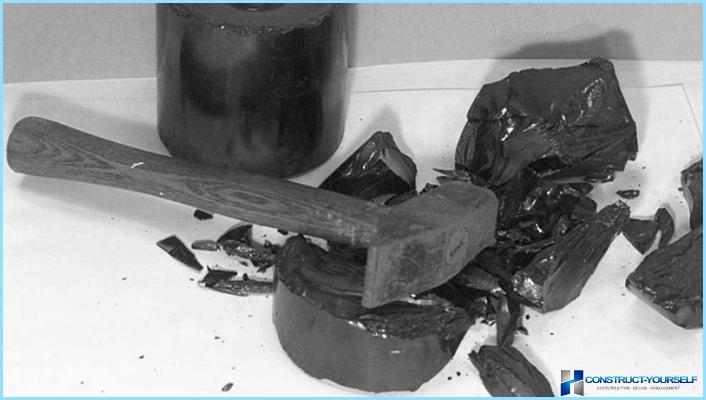
The use of bitumen mastic it is necessary when waterproofing the basement and roof, even if it is not used as the main material. It close up the joints and possible cracks, which often appear on concrete, especially if he was not allowed to fully settle and began further construction.
Waterproofing bitumen are very easy to make with your own hands, just enough to melt it in any capacity and brush to cover all the necessary places.
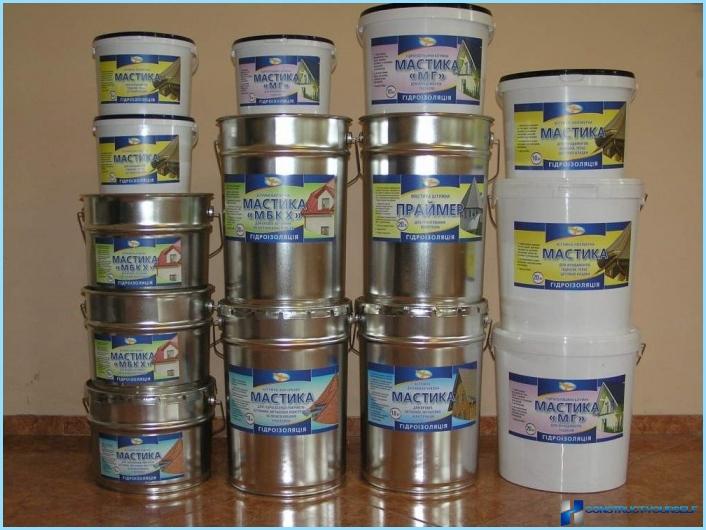
Roller base isolation ↑
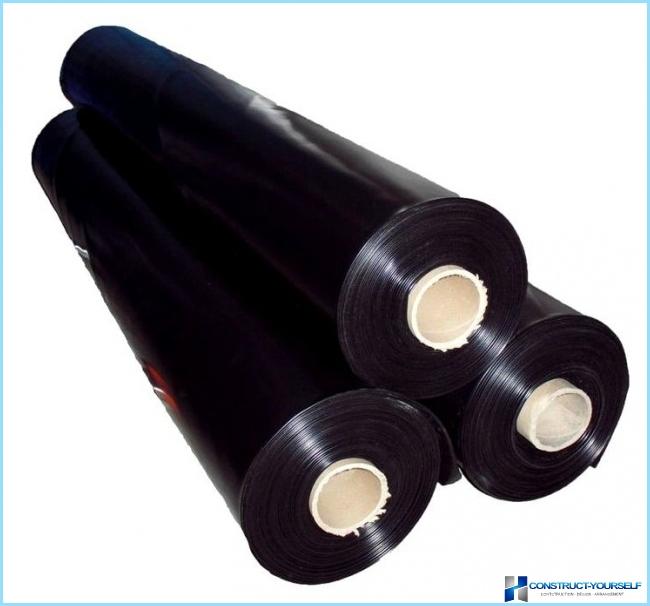
The most popular and effective way of waterproofing the basement – is a rolled material. They look like well-known to all roofing material, but unlike him, they contain special ingredients that extend the life of.
Today in the shops you can meet a roofing material, which is much cheaper, but here are a few factors qualitatively distinguishing roll waterproofing:
- More resistant to moisture penetration due to the presence in the composition of sustainable polymers.
- Not fade in the sun and does not crack over time.
- Takes all shapes and forms of the Foundation, creating high-quality coating and insulation.
- More resistant to mechanical damage that often fall on the Foundation..
- Has the ability «breathe», that is, not letting the moisture inside, it completely throws her out of the way not allowing the condensation to accumulate.
- Creates additional insulation, prevent thermal bridges inside.
Roll the insulators, in turn, can be divided into two types:
- Adhesive insulators, that is, those that require the adhesive layer, where they stay.
- Deposited insulators. Initially have a layer of bitumen, which is melted with a gas burner.
Option number two is more preferred, because the coating is homogeneous and uniform, although working with this material is somewhat more complicated. There’s at least going to need experience and tools.
Of course, if you want to apply a filler roll insulation and you can own hands, and how the whole process can be viewed in the video
Rubber isolation ↑
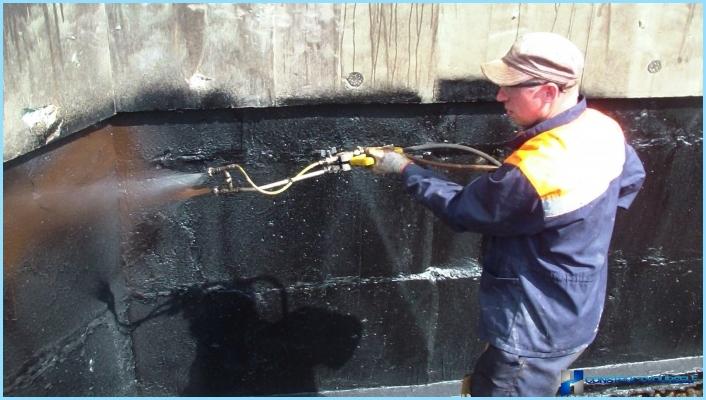
The most durable, at the same time an expensive method of waterproofing the basement. It consists in the fact that on the surface of a layer of liquid rubber that not only protects the surface but penetrates into all the pores of the concrete base, as if becoming one with him.
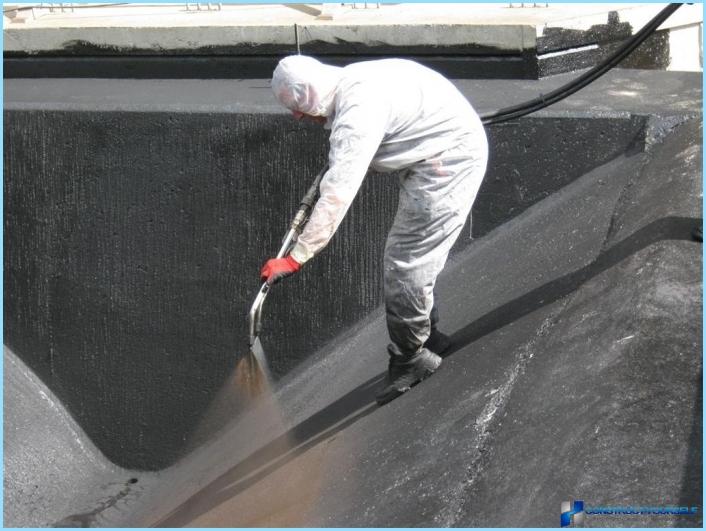
The complexity of the application process is that this requires a special tool, without which the works simply will not work.
Today, these insulations are engaged in many firms that you may safely entrust this work.
Summarizing all the above, below is a small table, which illustrates the qualitative characteristics and features of all materials:
| Materials | Specifications | ||||
| Resistance to moisture | Water vapor permeability | Durability | Additional protection from freezing | Resistance to high temperatures and cracking | |
| Impregnation | low | high | low | low | high |
| Plaster | average | high | average | average | average |
| Bitumen | high | low | high | average | low |
| Roll insulation | high | average | high | high | high |
| Liquid rubber | high | low | high | high | high |
The ways and methods of application ↑
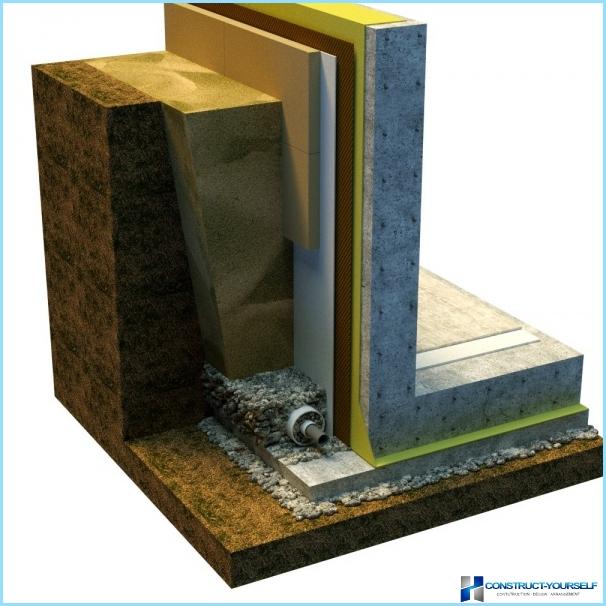
Not depending on what material for waterproofing of the Foundation is selected, there are two types of application:
- Horizontal.
- Vertical.
The first method is used to protect surfaces located horizontally, that is, subsequently, they will fit other materials. Many often neglect this type of insulation assuming that the inner part of the Foundation and so are protected from water and moisture, but it is not so.
Horizontal surfaces are also prone to cracking, and perhaps under the further it will finish quickly, but then will cause irreversible consequences, and simply put, will accelerate the destruction of the entire Foundation, which will give enhanced sediment and result in walls and other structural elements of the dwelling.
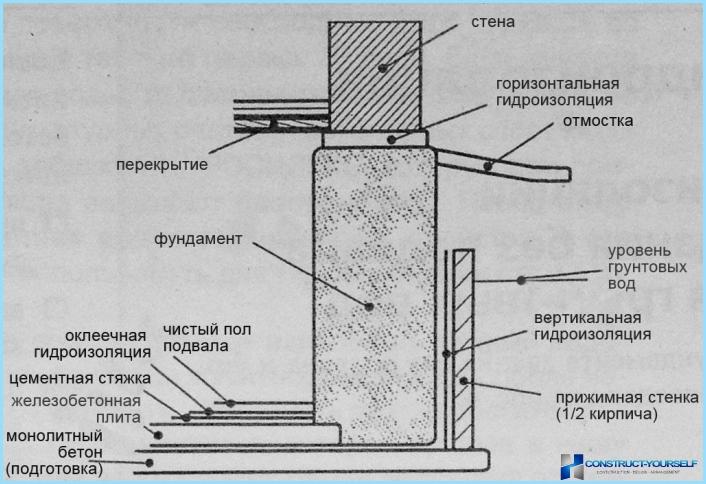
Regarding vertical isolation, here we are talking about the protection of visible parts that are most exposed to the negative natural effects. Experts advise not to save in this case on the materials and time, and use all types of insulation, ranging from primer of deep penetration and before a coil or rubber isolation.

